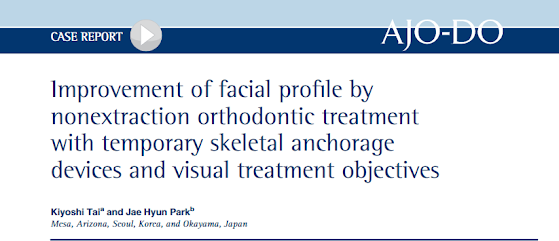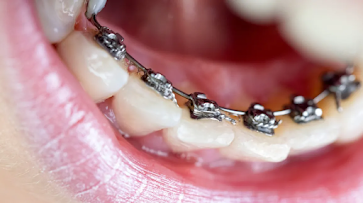🚨Precision Cuts vs. Buttons: Making the Right Choice in Aligner Therapy🚨
🚨Precision Cuts vs. Buttons: Making the Right Choice in Aligner Therapy🚨 As an orthodontist working with both fixed appliances and aligners, one of the most common clinical decisions faced is: When precision cuts and buttons should be used ? Through understanding of the fundementals of biomechanics in orthodontics, this comparison might help you in your cases: Buttons - ✓ The preferred choice for Class II correction and deep bite cases ✓ Particularly effective for preventing unwanted retroclination ✓ Patient-friendly with no additional bonding required ✓ Biomechanical insight: Functions similarly to applying elastics on rectangular heavy wires in fixed appliances, offering excellent torque control and equally distibuted forces. Precision cuts- ✓ For combined movements: extrusions, rotations, and significant root control ✓ Requires bonding (which can be a patient compliance consideration) ✓ Delivers direct force application when needed ✓ Biomechanical ...







